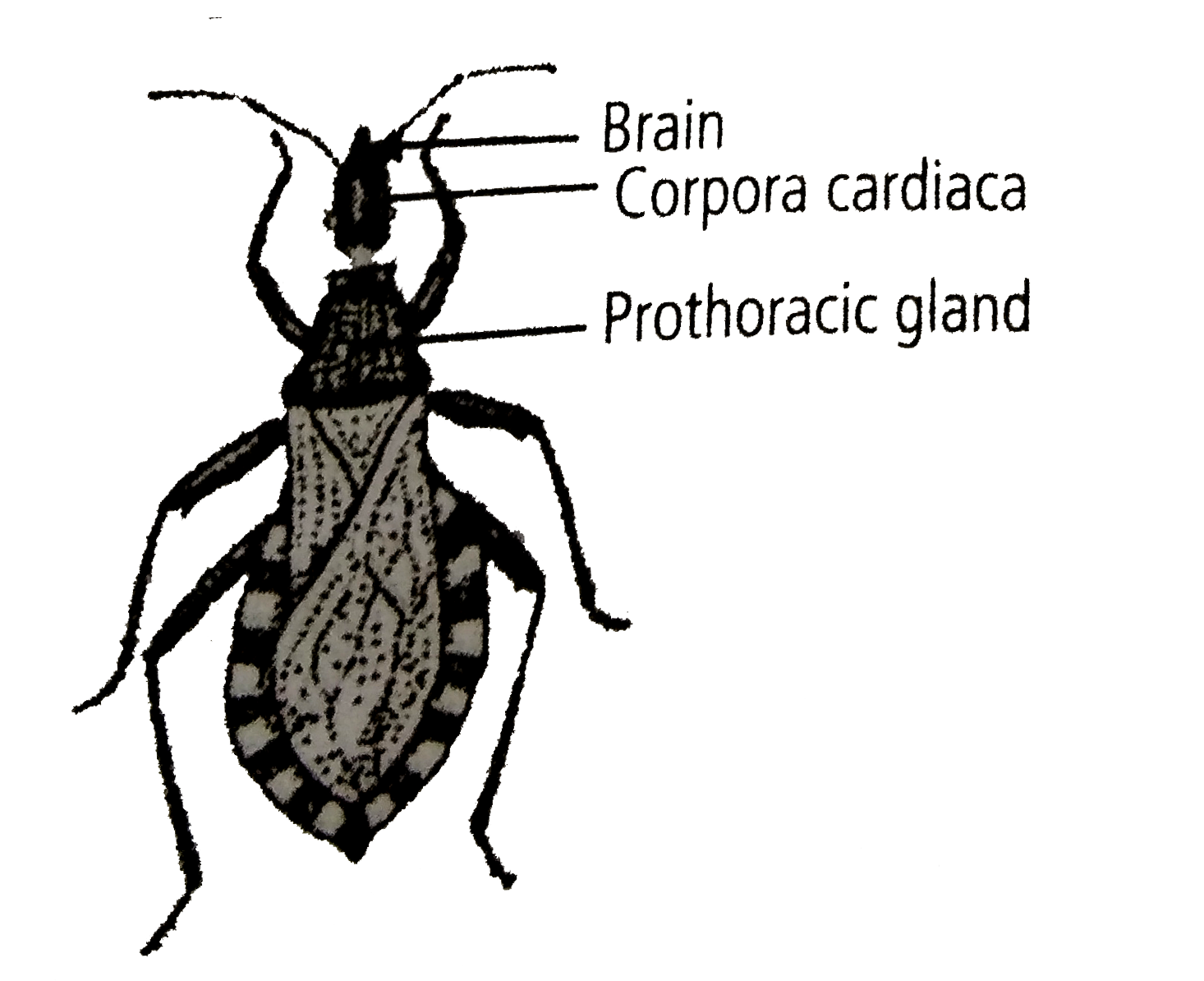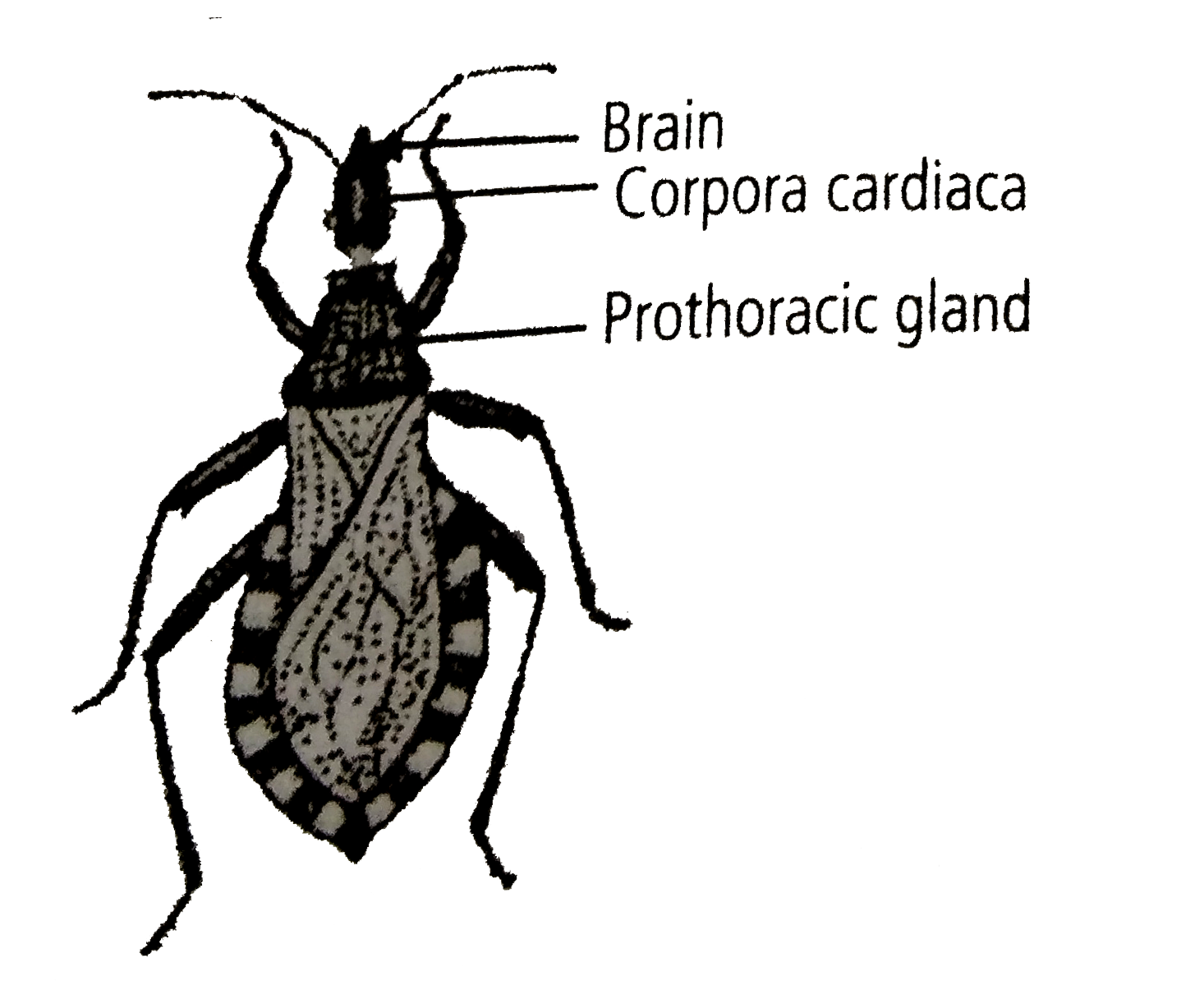Which of the following pairs of organisms are correctly matched with their description ?
1. Pteridophytes which are heterosporous : Selaginella , salvinia
2. Gymnosperms with branched stem : Pinus , Cedrus
3. Algae with haplo - diplontic life cycle : Ectocarpus, polysiphonia
4. Bryophytes with protonema stage : polytrichum , sphagnum
1, 3
2, 4
1,2,3,4
1,3,4
The correct Answer is:C
Step by step video & image solution for Which of the following pairs of organisms are correctly matched with their description ? 1. Pteridophytes which are heterosporous : Selaginella , salvinia 2. Gymnosperms with branched stem : Pinus , Cedrus 3. Algae with haplo - diplontic life cycle : Ectocarpus, polysiphonia 4. Bryophytes with protonema stage : polytrichum , sphagnum by Biology experts to help you in doubts & scoring excellent marks in Class 12 exams.
Updated on:21/07/2023Similar Questions
Which of the following plants are heterosporous ?
1 Selaginella, Lycopodium
2 Pteris, Adiantum
3 Psilotum, Equisetum
4 Selaginella, Salvinia
View SolutionWhich one of the followin pair is NOT correctly matched ? Option 1 Red sea-Trichodesmium erythreum (BGA) Option 2 Red tides-Rhodymenia (Red algae) Option 3 Red snow-Chalmydomonas nivalis (Green algae) Option 4 Red rust of tea- Cephaleuros virescence (Green algae)
View Solution
Knowledge Check
Read the given passage and answer the questions that follows: Rhodinus, a blood-sucking bug, shows five instars before it metamorphoses into an adult. It ahs a very long head with the brain located at tip and an organ called Corpora Cardiaca (C C) behind it. The hormone that ensures the continuum of the juvenile stages is called a juvenile hormone. Behind the head is a pro - thoracic gland, which gets triggered by the Pro - Thoracico - Tropic Hormone (PTTH) to release ecdysone required for molting into an adult.

The following observations were made when the juveniles of this insect were subjected to various conditions :
1. Starved juveniles (any instar) when decapitated → remained juveniles and did not molt into adults.
2. Well-fed juveniles (any instar) when decapitated → molted into adults.
3. Starved juveniles (any instar) when partially decapitated to remove the brain cells → remained juveniles and did not molt into adults.
4. Well - fed juveniles (any instar) when partially deitated to remove the brain cells → did not molt into adults.
If an unfed, completely decapitated, fth (final) instar juvenile is connected to a well-fed, decapitated fourth instar juvenile by a glass tube so that fluids can be exchanged, what whill be the expected result ?ABoth bugs will continue to remain juveniles.BBoth bugs will molt into adult forms.CThe bug in the fourth instar will remain as a juvenile while the one in the fifth instar will molt into an adult.DThe bug in the fourth instar will molt into an adult and the one in the fifth instar will remain as a juvenile.Read the given passage and answer the questions that follows: Rhodinus, a blood-sucking bug, shows five instars before it metamorphoses into an adult. It ahs a very long head with the brain located at tip and an organ called Corpora Cardiaca (C C) behind it. The hormone that ensures the continuum of the juvenile stages is called a juvenile hormone. Behind the head is a pro - thoracic gland, which gets triggered by the Pro - Thoracico - Tropic Hormone (PTTH) to release ecdysone required for molting into an adult.

The following observations were made when the juveniles of this insect were subjected to various conditions :
1. Starved juveniles (any instar) when decapitated → remained juveniles and did not molt into adults.
2. Well-fed juveniles (any instar) when decapitated → molted into adults.
3. Starved juveniles (any instar) when partially decapitated to remove the brain cells → remained juveniles and did not molt into adults.
4. Well - fed juveniles (any instar) when partially deitated to remove the brain cells → did not molt into adults.
Which of the following conclusions can be drawn from this data ?
(i) Ecdysone hormone is produced irrespective of the level of feeding.
(ii) C C is the site of production of juvenile hormone.
(iii) PTTH is produced irrespective of the level of feeding.
(iv) Increase in juvenile hormone is an important trigger for production of PTTH.
(v) Absence of C C alone is a trigger for molting into adult form.
(vi) Well-fed larvae in absence of juvenile hotmone can molt into adults.A(i), (iii) (iv) and (v)B(ii), (iv) and (v)C(ii) and (vi)D(i) and (iv)
Identify which of the following terms matches with the appropriate descriptions 1 to 5
A: Hydracid (B) Monobasic acid (C ) Less volatile acid ( D) Weak acid (E ) Tribasic acid (F ) Dibasic acid (G ) More volatile acid
1. An acid having basicity 1 and having only one replacement hydrogen ion per molecular of the acid.
2. An acid which dissociates to give a low concentration of H+ ions
3. An acid containing hydrogen and a non-metallic element other than oxygen.
4. The type of acid which generally displaces another acid when the acid is heated with a salt
5. The type of acid which reacts with a base to give an acid salt and a normal salt
View SolutionConsider the following statements
1. In pteridophytes, the phloem lacks companion cells. 2. The xylem lacks vessels in majority of pteridophytes. 3. Heterosporous pteridophytes have monoecious gametophytes. 4. Water is essential for fertilization in pteridophytes.
Which of these statements are correct?
View SolutionWhich one of the following statmenet is incorrect ?
1 Egg producing structure is flask shaped in mosses
2 Egg producing structure is oogonium in Chara
3 Female gametangium is archegonium in red algae
4 Male gametangium is antheridium in bryophytes
View SolutionRead the following statements :-
(1) In bryophytes true root, stem and leaves are absent.
(2) In Cycas, male cones and megasporophylls are borne on different trees.
(3) Stem of Cycas is branched and of Pinus and Cedrus is unbranched.
(4) In gymnosperms, generally tap roots are found. Select the correct statements:
View SolutionWhich of the following is correctly match :-
(A) Chloramphenicol → (1) iodine containing Hormone
(B) Thyroxine → (2) Chlorine containing antibiotic
(C ) Chloroquine → (3)Treatment for malaria
(D) Fluorinated compound → (4) Potential blood substituted
(E) Iodoform → (5) Antiseptic
View SolutionWhich of the following statements about the nitrogen cycle are false ?
1. Rhizobium and Frankia cause nitrogen fixation in their independent free - living stage .
2. Azotobacter and Anabaena are anaerobic, symbiotic , free - living , nitrogen fixers.
3. Rhodospirillum is an aerobic , nitrogen -fixing microbe found in the root nodules of legumes .
4. Nitrobacter oxidizes nitrites to nitrates .
View Solution
